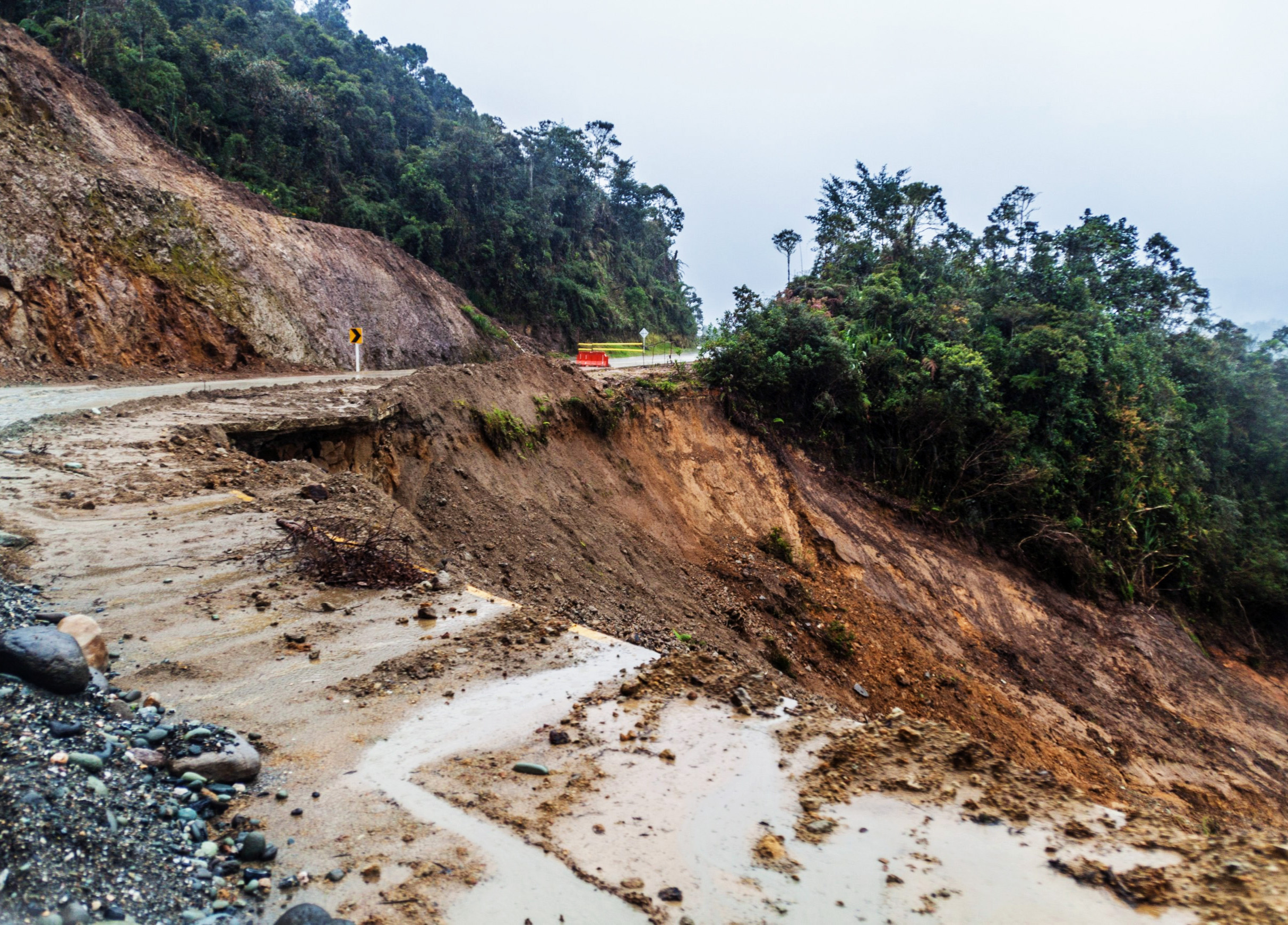Colombia — and its coffee — are highly vulnerable to climate change. Coffee occupies a narrow ecological niche and is therefore sensitive to changes in the environment (Ramirez-Villegas et al 2012). Changes in the climate have a disproportionate effect in tropical countries such as Colombia, where the ecosystem is adapted to the limited seasonal variations in temperature and rainfall typical of the tropics (Barrucand et al 2016).
Farmers in the Andes Mountains commonly face water shortages and a high risk of landslides, both of which can be exacerbated by the effects of climate change (Lambert and Eise 2020). Research shows that producers are already experiencing the effects of a changing climate (Fox et al 2015, Eise and White 2018). Coffee farmers report increases in pests and diseases, changes in temperature and rainfall patterns, and less-predictable weather, all of which make it harder for them to manage their crops. They also experience more severe droughts, as well as more soil erosion and more-frequent landslides during the rainy season. These Andean coffee producers have limited information, time, and resources to adapt to the changing conditions.
 Landslides are common in Colombia during prolonged periods of heavy rainfall.
Landslides are common in Colombia during prolonged periods of heavy rainfall.
Due to climate change and other factors, many regions of Colombia now harvest coffee nearly year-round instead of during one or two distinct harvest seasons. This longer and less-predictable harvest increases production costs because it increases the labour required for picking. It also reduces economies of scale, since farmers have to process and sell smaller batches of coffee (Fox et al 2015). Consistently high temperatures and the fact that cherries grow on the trees year-round make Colombian coffee farms particularly vulnerable to the coffee berry borer (Jaramillo et al 2009).
High temperatures can also reduce the quality of the coffee produced. In the long term, rising temperatures are likely to increase the risk of diseases,